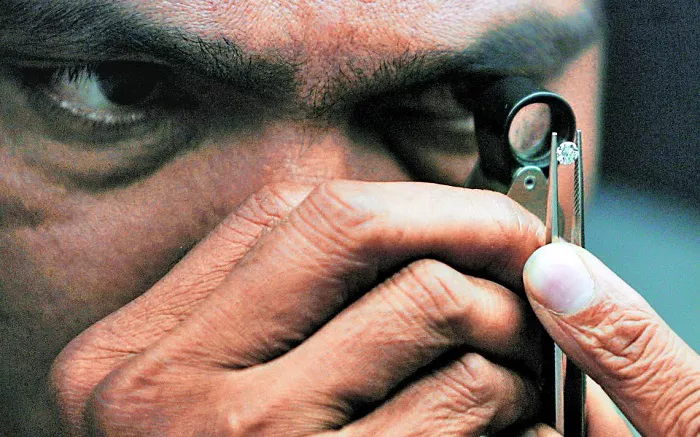The Indian government has made significant adjustments to import tariffs affecting precious metals, with gold and silver tariffs dropping sharply from 15% to 6%, and platinum seeing a reduction to 6.4%. This move, hailed by India’s Gem & Jewellery Export Promotion Council (GJEPC) as pivotal, aims to enhance India’s position in the global gem and jewelry market, rivalling hubs like Dubai and Belgium.
However, the government opted not to lower the import tax on polished diamonds, maintaining it at 5%. Despite appeals from the GJEPC for a reduction to 2.5%, citing economic challenges and reduced diamond demand, this adjustment was not implemented.
Alongside these changes, the government has abolished the 2% equalization levy on online sales of rough diamonds, effective from August 1. Furthermore, it has introduced a “safe-harbor rule” for sales of rough diamonds within Special Notified Zones (SNZs), exempting them from income tax. This allows foreign mining companies to conduct direct transactions with manufacturers in these zones, reducing the necessity for Indian cutters to travel abroad for diamond auctions.
Previously, transactions in SNZs were subject to taxes, prompting around 60% of rough diamonds to return to Dubai or Antwerp for sales, with subsequent importation into India. The GJEPC argued that these changes will enhance India’s competitiveness, aligning it more closely with global counterparts like Dubai (which imposes no tax on displayed rough sales) and Belgium (where it is minimal at 0.187%).
In response, the GJEPC lauded the government’s acceptance of longstanding recommendations to simplify taxation in SNZs and eliminate the equalization levy, describing these moves as transformative for India’s gem and jewelry sector, positioning it alongside leading global trading centers.


